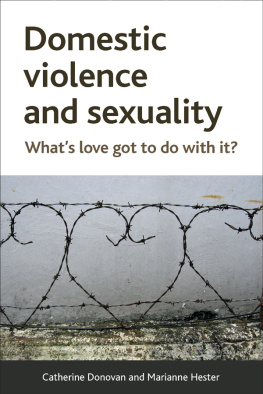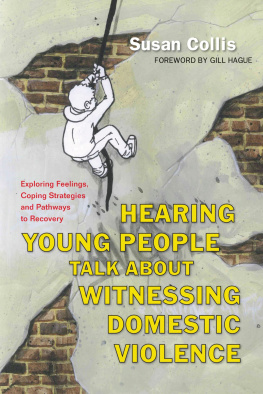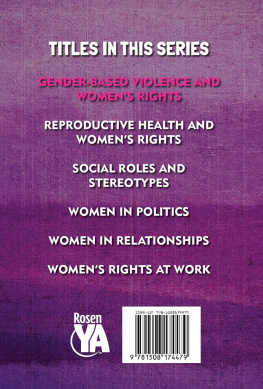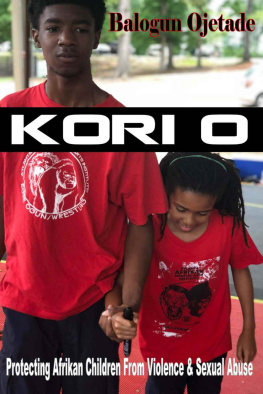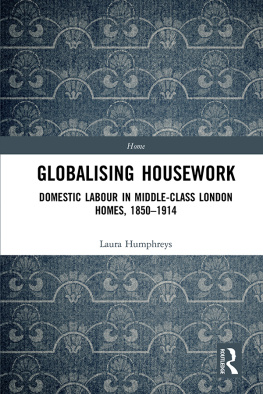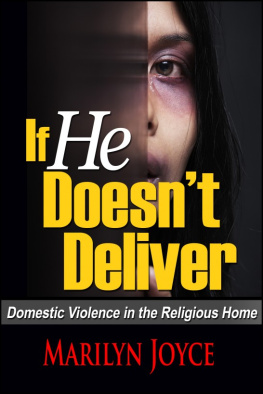Domestic Violence and Protecting Children
by the same author
Domestic Violence and Child Protection
Directions for Good Practice
Edited by Cathy Humphreys and Nicky Stanley
ISBN 978 1 84310 276 2
eISBN 978 1 84642 476 2
of related interest
Practical Guide to Child Protection
The Challenges, Pitfalls and Practical Solutions
Joanna Nicolas
ISBN 978 1 84905 586 4
eISBN 978 1 78450 032 0
Challenging Child Protection
New Directions in Safeguarding Children
Edited by Lorraine Waterhouse and Janice McGhee
ISBN 978 1 84905 395 2
eISBN 978 0 85700 760 5
The Common-Sense Guide to Improving the Safeguarding of Children
Three Steps to Make a Real Difference
Terry McCarthy
ISBN 978 1 84905 621 2
eISBN 978 1 78450 092 4
Social Work with Troubled Families
A Critical Introduction
Edited by Keith Davies
ISBN 978 1 84905 549 9
eISBN 978 0 85700 974 6
Engaging with Perpetrators of Domestic Violence
Practical Techniques for Early Intervention
Kate Iwi and Chris Newman
ISBN 978 1 84905 380 8
eISBN 978 0 85700 738 4
Eradicating Child Maltreatment
Evidence-Based Approaches to Prevention and Intervention Across Services
Edited by Arnon Bentovim and Jenny Gray
Foreword by Harriet Ward
ISBN 978 1 84905 449 2
eISBN 978 0 85700 823 7
Domestic Violence and Protecting Children
New Thinking and Approaches
Edited by Nicky Stanley and Cathy Humphreys
Jessica Kingsley Publishers
London and Philadelphia
Contains public sector information licensed under the Open Government Licence v3.0.
First published in 2015
by Jessica Kingsley Publishers
73 Collier Street
London N1 9BE, UK
and
400 Market Street, Suite 400
Philadelphia, PA 19106, USA
www.jkp.com
Copyright Jessica Kingsley Publishers 2015
All rights reserved. No part of this publication may be reproduced in any material form (including photocopying or storing it in any medium by electronic means and whether or not transiently or incidentally to some other use of this publication) without the written permission of the copyright owner except in accordance with the provisions of the Copyright, Designs and Patents Act 1988 or under the terms of a licence issued by the Copyright Licensing Agency Ltd, Saffron House, 610 Kirby Street, London EC1N 8TS. Applications for the copyright owners written permission to reproduce any part of this publication should be addressed to the publisher.
Warning: The doing of an unauthorised act in relation to a copyright work may result in both a civil claim for damages and criminal prosecution.
Library of Congress Cataloging in Publication Data
Domestic violence and protecting children : new thinking and approaches / edited by Nicky Stanley and
Cathy Humphreys.
pages cm
Includes bibliographical references.
ISBN 978-1-84905-485-0 (alk. paper)
1. Child welfare--Great Britain. 2. Child welfare. 3. Family violence--Great Britain. 4. Family violence.
5. Child abuse--Great Britain. 6. Child abuse. 7. Social work with children--Great Britain. 8. Social work
with children. I. Stanley, Nicky, 1955- II. Humphreys, Catherine.
HV751.A6D663 2015
362.760941--dc23
2015008797
British Library Cataloguing in Publication Data
A CIP catalogue record for this book is available from the British Library
ISBN 978 1 84905 485 0
eISBN 978 0 85700 875 6
For our grown-up children: Rachel, Jack and Tom and Nicky
CONTENTS
LIST OF TABLES
LIST OF FIGURES
INTRODUCTION
Domestic Violence and Protecting Children
The Changing Landscape
Nicky Stanley and Cathy Humphreys
Why doesnt she leave? has been a much-debated question that domestic violence organisations have spoken out on strongly by describing the substantial personal and structural barriers that stand in the way of women escaping relationships of violence and abuse. It is a question rarely asked of children, however, as they often have little or no choice about leaving abusive perpetrators of domestic violence. Their lives are not necessarily improved by separation as they are frequently ordered to have ongoing contact with fathers who have been abusive and may continue to be so post-separation. Moreover, separation can inflict a range of changes and losses on children and young people that they have not consented to.
The protection, safety and well-being of children affected by domestic violence continue to be a significant and complex social problem. One in four children experiences domestic violence of which five per cent is reported to be chronic and severe (Radford et al . 2011). The detrimental impact on childrens health (Riviara et al. 2007) and well-being (Kitzmann et al. 2003) is uncontested. However, effective interventions are proving difficult to find and sustain although our understanding of domestic violence has developed and the sector abounds with creativity, commitment and concern for the lives of those affected by domestic violence.
In compiling this book, we wanted to capture some of the changes and innovations in the field that have emerged since we last collaborated to produce Domestic Violence and Child Protection: Directions for Good Practice in 2006. We had originally intended to publish a second edition of that book but there were so many new themes and developments to report that we decided that this would be an entirely new and original collection.
However, as in our earlier book, we have taken a broad understanding of protecting children which goes well beyond statutory intervention as the primary source of safety and protection. Whilst recognising the significance of the motherchild relationship as the foundation for safety and protection for most children living with domestic violence, we have structured the book to begin with the voices of children to highlight their perspective and to counterbalance the tendency for children and their needs to be marginalised.
One major change that has occurred in this field is that domestic violence is now conceptualised in increasingly diverse forms. This recognition of variety and complexity testifies to the increasing confidence of the domestic violence sector and is reflected in both research and practice. In addition to addressing childrens and young peoples experiences of domestic violence in their parents relationships, this volume includes chapters on violence and abuse in young peoples intimate relationships including online as well as offline abuse, child to parent violence and forced marriage. Hearteningly, we have been able to include much more evidence on interventions aiming to support children and parents who have experienced domestic violence. These include prevention programmes delivered in schools, advocacy for children and young people, a schools-based intervention targeting forced marriage, interventions for infants and programmes that work to repair the motherchild relationship in the aftermath of domestic violence.
In 2006, including a section in our book on work with perpetrators felt like an innovative step, whilst in 2015 it seems a necessary part of any attempt to explore the service response to childrens experience of domestic violence. In 2006, childrens perspectives were rarely integrated into research on interventions for perpetrators of domestic abuse, whereas the section on perpetrators in this book presents a wealth of material on childrens views of their fathers fathering and on their involvement in services aiming to change their fathers behaviour.




